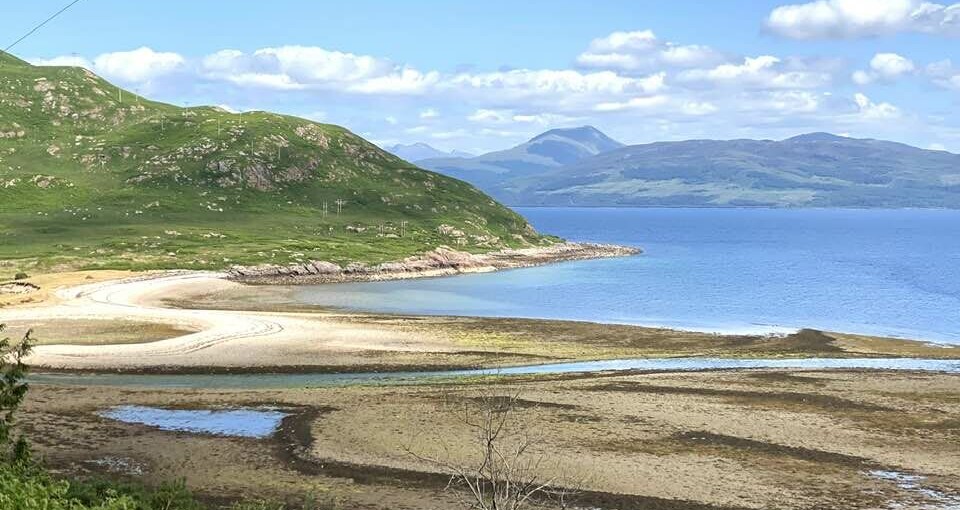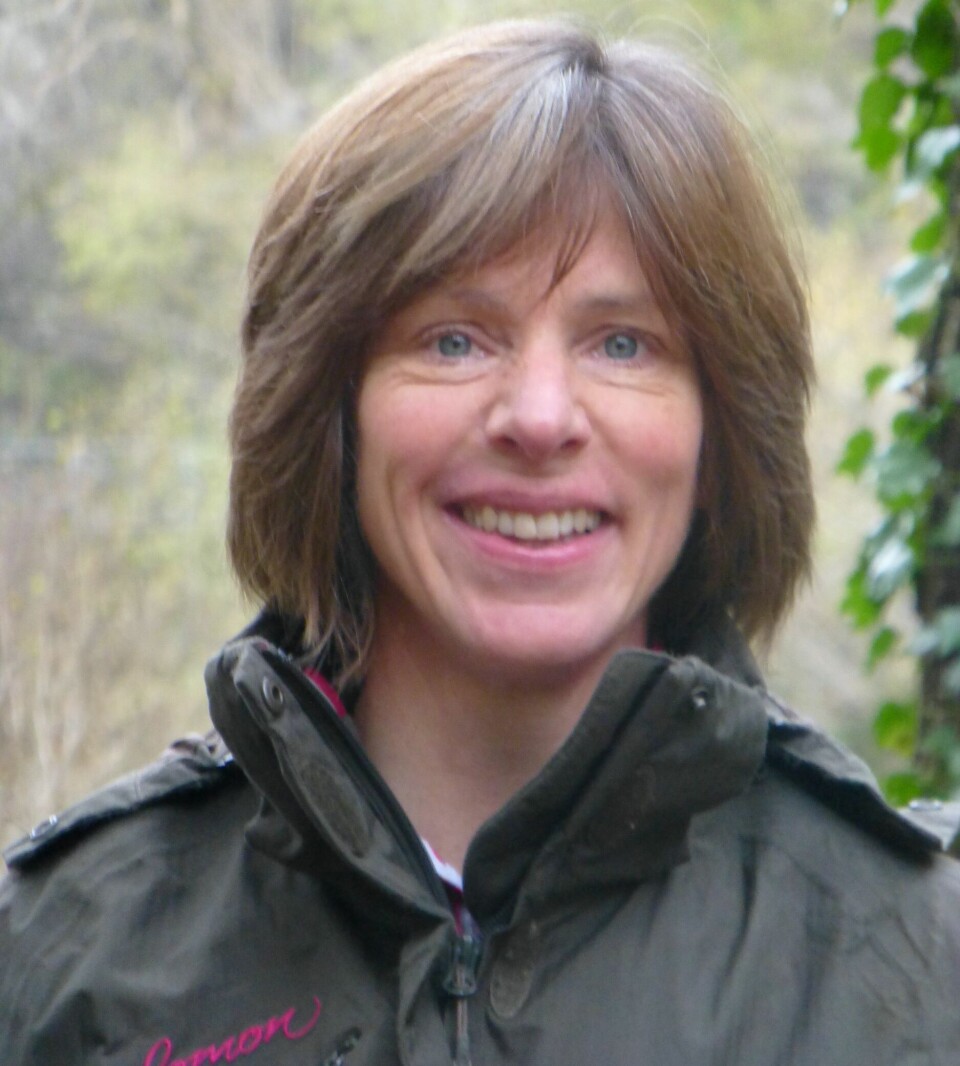
Salmon farmer criticises ‘misleading’ claims from opposition group
It’s wrong that people who want to prevent progress are using these kinds of tactics says Loch Long Salmon director
Information being put forward by a group opposed to plans for a semi-closed containment salmon farm at Lurignish, Loch Linnhe is “intentionally flawed and misleading”, according to one of the project’s directors.
Long Live Loch Linnhe has launched an online petition against the plan by Loch Long Salmon (LLS) and will also promote its claims at a stand adjacent to LLS’s next community consultation, which takes place in Appin Community Hall next Tuesday, October 24.
Jane Hartnell-Beavis, a volunteer with Long Live Loch Linnhe, claimed in a press release that semi-closed containment “has proven highly problematic in the small handful of locations it has so far been trialled”.
She also claimed that the process LLS plans to use “has no operational data showing a success rate beyond 13% [collection] of solid waste”.
Evidence presented
However, LLS director Stewart Hawthorn told Fish Farming Expert that Hartnell-Beavis had attended hearings held as part of LLS’s appeal against refusal of planning permission for a site at Beinn Reith, Loch Long, where LLS presented evidence of at least 40% capture of solid waste from semi-closed farms.

“We have been very clear that our process is around capturing 85% of the waste at the Beinn Reith location. That has been reviewed and checked by SEPA (Scottish Environment Protection Agency), and a licence has been issued by SEPA after they have become satisfied that that is achievable. It will be verified in the field as we grow production," said Hawthorn.
“Jane Hartnell-Beavis was at that hearing, where she saw the evidence that was presented, and now she’s producing a press release that is not accurate."
Living or connected to area
Long Live Loch Linnhe, which describes itself as a group of people living and working in the local area, or with family connections to the area, highlighted examples of problems with semi-closed facilities.
“At a Canadian farm, all the fish died in their own urine due to a technical failure. In Norway, two empty pens collapsed as they were being towed to site, with a further two being rejected due to structural defects,” the group said in its press release.
What the group didn’t say was that the Canadian incident occurred at a site run by Cermaq during Covid, when the pen’s supplier was unable to send parts or technicians to fix the fault, or that a second trial of the pen was so successful that it has now been incorporated into Cermaq Canada’s production plan for post-smolts.
Hawthorn said: “There are more than 80 semi-closed containment systems working around the world right now, today. There are millions of fish in them, and I think there have been two instances that this group have pointed to where there have been problems. They are using inflammatory language which is intentionally flawed and misleading and it’s factually inaccurate. I think it’s very unfortunate that people who are feeling passionate about something are behaving in this way.”
Assessed by SEPA
Another claim by Long Live Loch Linnhe that the amount of raw sewage going into the loch from the farm will be equivalent to solid waste from almost six times the entire human population of Oban was also debunked by Hawthorn.

“What we’ll be doing is removing 85% of the solid waste, bringing that ashore and using it in the circular economy to produce green energy, or as a fertiliser ingredient, reducing greenhouse gas emissions in other parts of Scotland’s economy,” said the LLS director.
“We will be releasing some salmon poo into the sea, as does every other fish farm in Scotland, but that has been assessed by SEPA as something that can be done safely, and well within environmental limits, and we’re very confident that our farm will show that and demonstrate what it is possible to do with this type of technology here in Scotland, and that we’re very proud to be bringing to Scotland.”
Typical size
The Lurignish farm would be Scotland's biggest in terms of biomass, but Hawthorn denied Long Live Loch Linnhe’s claim that the development would be a “megafarm”.
“This farm will have eight production enclosures in it. That is a typical size of a typical fish farm in Scotland,” said Hawthorn, who added that the pens would have a maximum external circumference of 150 metres. That’s smaller than the 160-metre pens becoming common in open-net pen salmon farming, and the 200-metre pens being used by Mowi Scotland at its Hellisay high energy site, Barra.
“The physical scale of this farm is similar to what is a standard size of fish farm in Scotland: eight production enclosures, a couple of circles for holding fresh water, and a harvesting structure – a total of 11 marine structures and a shore base. Almost all fish farms in Scotland have a shore base,” said Hawthorn.
“[Long Live Loch Linnhe’s information] is flawed, misleading – intentionally so, in my opinion – and it’s wrong that people who want to prevent progress and keep their place unchanged are using these kinds of tactics.
“I think it’s completely unacceptable the way this group is behaving. It’s very unfair on people who don’t have time to investigate these things in detail that they are getting this confusing message which is so inaccurate.”
























































